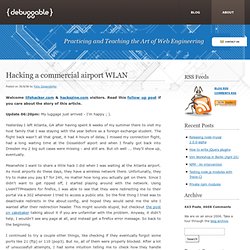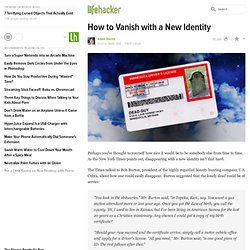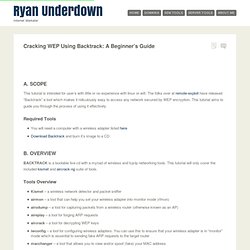

Hacking a commercial airport WLAN. Posted on 30/8/06 by Felix Geisendörfer Welcome lifehacker.com & hackszine.com visitors.

Read this follow up post if you care about the story of this article. Update 06:20pm: My luggage just arrived - I'm happy ; ). Yesterday I left Atlanta, GA after having spent 6 weeks of my summer there to visit my host family that I was staying with the year before as a foreign exchange student. The flight back wasn't all that great, it had 4 hours of delay, I missed my connection flight, had a long waiting time at the Düsseldorf aiport and when I finally got back into Dresden my 2 big suit cases were missing - and still are. Meanwhile I want to share a little hack I did when I was waiting at the Atlanta airport.
I continued to try a couple other things, like checking if they eventually forgot some ports like 21 (ftp) or 110 (pop3). --Felix Geisendörfer aka the_undefined Update: Read this follow up post if you care about the story of this article. Top 10 Secret Agent Security Tips and Tricks. When dealing with computer security, an often overlooked security risk is so-called "deleted files".

When files are deleted, nothing is actually done to them aside from marking them as "free-space". The OS may get around to overwriting them sometime when it needs the space, but a deleted file could sit on a drive completely intact for weeks of usage (the bigger it is the bigger the chance it will be at least partially overwrited). Encryption applications that do not involve real-time decoding (a special driver decrypting files on-the-go vs an application decrypting and re-encrypting files), often do not have secure methods of wiping files (or the user is unaware of them), and hence the files are left in an unencrypted state on the drive when deleted. The only way to assure deleted files remain that way (or at least make their recovery very difficult and time-consuming) is to have an application overwrite the drives free-space with random 0s/1s, ideally multiple times.
Five Best File Encryption Tools. How to Vanish with a New Identity. Dark Side or not, it's always good to say, "Hey, folks.

Don't forget, this is illegal. Do it at your own risk. LH is not responsible for any trouble you may cause/get yourself into! " First of all, Dark Side articles have a completely different vibe than almost every other article. In other words, they rarely "fit" with the feeling you get from Lifehacker, especially if you've been here since before Dark Side articles began popping up regularly. Adam Dachis, however, is spinning it to advocate identity theft. Let me make this final point clear: I am not against these types of articles in general. Presenting both ways to protect yourself from identity theft and then ways to steal another person's identity (with a joking tone or not)?
They should probably create a separate site dedicated to Dark Side posts. Amen. Cracking WEP Using Backtrack: A Beginner’s Guide / Ryan Underdown. This tutorial is intended for user’s with little or no experience with linux or wifi.

The folks over at remote-exploit have released “Backtrack” a tool which makes it ridiculously easy to access any network secured by WEP encryption. This tutorial aims to guide you through the process of using it effectively. Required Tools You will need a computer with a wireless adapter listed hereDownload Backtrack and burn it’s image to a CD BACKTRACK is a bootable live cd with a myriad of wireless and tcp/ip networking tools. Tools Overview. Toonel.net. Mailinator - Let Them Eat Spam! Hide My Ass! Free Proxy and Privacy Tools - Surf The Web Anonymously. BitWise IM - Encrypted Cross-Platform Instant Messaging. Guardster - Welcome to Guardster - Your Privacy Headquarters.
Send Anonymous Email. How to hide emails from government snooping. By Jack Schofield, The GuardianMonday, April 2, 2012 21:38 EDT Despite coalition proposals to monitor public email, there remain numerous free or low-cost methods to keep messages private You already know how to keep messages private: you just encrypt the contents using a password.

But although this kind of technology has been freely available to PC users since Phil Zimmermann launched PGP (Pretty Good Privacy) in 1991, hardly anyone uses it. The benefits of email and online messaging are that they are fast and relatively frictionless – you don’t need to address an envelope, find a stamp, walk to a post box and so on – and encryption becomes an annoyance. The problem with the latest government attempts at snooping is that they are not concerned with the content of messages, but their existence. The general solution to privacy concerns is to use a non-UK “proxy server” to relay web pages, messages, anonymous email accounts and other content anonymously.